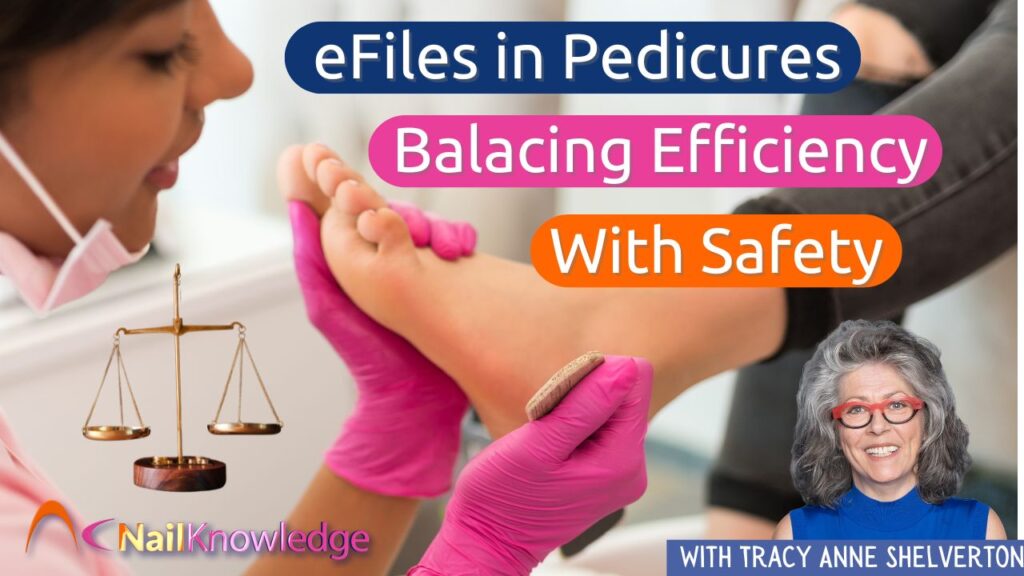In the evolving landscape of pedicure techniques, the use of electronic files (efiles) for hard skin removal has sparked a significant shift in how professionals approach foot care. With the promise of efficiency and precision, efiles offer a modern alternative to traditional methods.
However, this technological advancement also raises questions about safety and best practices. As more nail technicians and spas adopt this tool, it’s crucial to understand the right techniques to ensure a safe and effective treatment. In this article, we’ll delve into the safe use of efiles for hard skin removal during pedicures, providing professional insights and tips to help both practitioners and clients achieve optimal results without compromising safety.
Identificación de las causas de las durezas en los pies y pautas para una pedicura segura
It’s important to realize that there could be more than one reason for hard skin on the bottom of a foot. Several factors might contribute to this common condition, ranging from natural body mechanics to external environmental influences. For instance, repetitive pressure and friction, often caused by regular walking or ill-fitting shoes, can lead to the development of thickened skin as a protective response.
Additionally, underlying health issues such as diabetes or skin conditions like eczema and psoriasis might also manifest as hard skin on the feet.
Los elementos relacionados con el estilo de vida, como una hidratación insuficiente o estar de pie en exceso, complican aún más el panorama. Comprender las múltiples causas de la piel dura es crucial para abordar el problema con eficacia y elegir el tratamiento o las medidas preventivas adecuadas.
I think its easier to say IF the client has a contra indication ie Diabetes, Chemotherapy, immunotherapy, Reuma or Rheumatoid arthritis that NO cosmetic service should be undertaken simply because the complications of going to far with an efile are realistic and should not be ignored.
Los inconvenientes de utilizar un archivo electrónico para pedicuras: Una perspectiva prudente
La ventaja de un efile no me queda clara, una lima de pies de calidad debería ser más que suficiente para un servicio cosmético siempre y cuando se haya utilizado un ablandador de callos como indica el fabricante e incluso entonces es necesario dejar una capa de piel endurecida en su lugar para evitar la sobreproducción de más células queratinizadas que produce el cuerpo para protegerse creando aún más problemas para el siguiente servicio.
Con un efile si se aplica demasiada presión se daña el pie aunque no sea intencionado puede causar una incomodidad extrema a su cliente y lo que es peor una infección con todas las complicaciones que eso puede traer consigo.
Just because everyone is doing it doesn’t mean it’s a good thing.
Tratamiento eficaz de las callosidades: Comprender y tratar las causas profundas
When addressing issues of excessive callous or hard skin on a client’s feet, it’s essential to investigate and treat the underlying causes, rather than merely addressing the symptoms. This approach ensures that you’re not caught in a cycle of recurring problems.
The many questions we get on this subject highlights the need for a deeper understanding of the foot’s anatomy and the complexities of its skin layers before performing any procedures.
My advice to fellow professionals is straightforward: opt for a high-quality hand file coupled with an effective callous softener. This method not only maintains the integrity of the foot’s skin but also keeps your clients satisfied and healthy.


